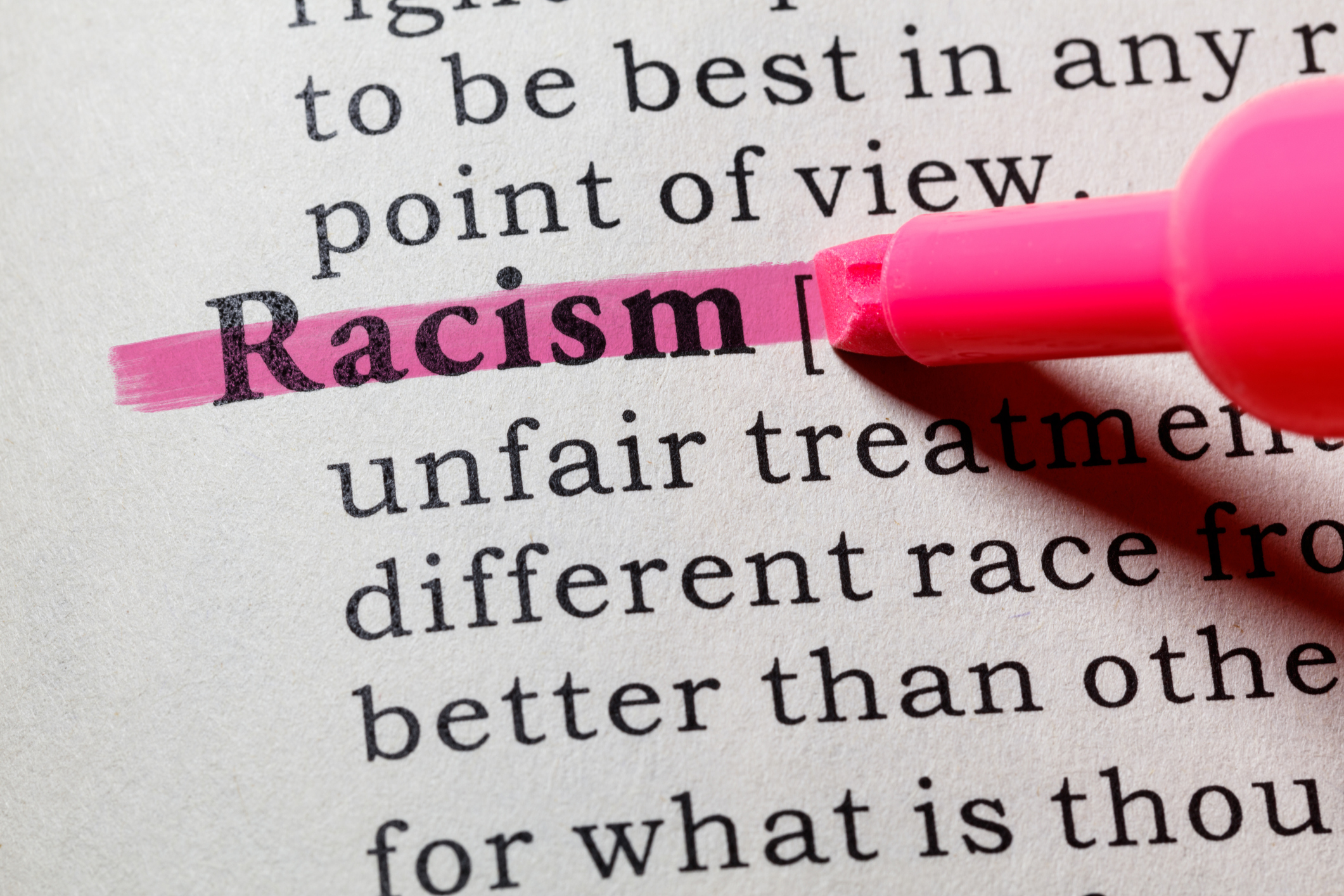Hamptons Soul: Racism on the East End

Father Constantine Lazarakis
It’s been a year of reckoning in terms of racial equality in the United States of America. The senseless murder of George Floyd rightfully stoked outrage around the world, bringing issues of racial inequality and institutional racism to the focal point of our national discussion. Over a year later, the discussion continues, and unfortunately, like so many of the discussions around the critical challenges facing our country, much of what we say and believe about racism is reductive, over simplified and frankly, insufficient. We exchange platitudes within our echo chambers to either dismiss the problem or make ourselves feel that we are addressing it. To make real progress is to do more.
First, we need to admit, to ourselves, that racism is real, and it is here. On the East End, while there are real and meaningful efforts to address racial inequality, one doesn’t need to look very hard or listen very carefully to know that there are still strong currents of racial prejudice that influence our thinking, restrict and poison our relationships, and wield unfair influence over what opportunities are afforded members of our community.
But we need to look even deeper than the racism that exists in the Hamptons and find the prejudices that exist within ourselves. The economic and social evils brought about by racism and bias can’t be resolved with economic and social policy alone. At its root, racism is a spiritual problem, and its repercussions will be felt until we can rid our hearts and minds of racist sentiment, both articulate and subtle. God created each of us, in all our diversity, in His image and likeness, and he created us to love one another. If we want to overcome racism in the Hamptons, each of us needs to reckon with that reality.
Rabbi Josh Franklin
An 18th century will from an East Hampton resident records an interesting bequeathing request:
“I leave to my grandson Burnet Miller, all my lands, meadows, commonage, and all my right on Montauk, and all stock and cattle, and all wainage and farming tools, and all my books, gun and sword, and my negro Peter and my Indian boy John.”
What are slaves doing so far north of the Mason Dixon line? Contrary to popular belief, enslaved people worked on the farms and in the homes of numerous families on Long Island, and throughout New York until slavery was officially abolished in New York State in 1827. Recent documentation uncovered by the Plain Sight Project has unearthed the stories of enslaved residents who worked throughout the Hamptons as farm hands, carpenters and servants in the homes of their masters. In reading their stories, I was most surprised to see that many of the family names who owned slaves in the Hamptons, are not coincidentally the street names in East Hampton that I drive down on a regular basis: Hedges, Dayton, Buell, Huntting and Osborne. The remnants of slavery exist in plain sight in the Hamptons, most people just don’t look.
The skeletons of our Hamptons closet aren’t just ancient, they are more recent than we think. Only this past May was legislation passed helping homeowners remove racist restrictive covenants from deeds. These covenants were widespread on the East End, and barred people of color and Jews from living in certain homes and neighborhoods. Although they were technically unenforceable in the wake of the Fair Housing Act of 1968, their presence has left a legacy that has caused the Hamptons to be racially segregated in many areas.
If you wonder why so many people find it important to recite the phrase “Black lives matter,” it’s because for the majority of American history, our country legislated that Black lives didn’t matter at all or mattered less. The past isn’t just the past. The bigotry of our history has laid the foundation for the current systematic racism that we find in our country, and even in our East End community.



